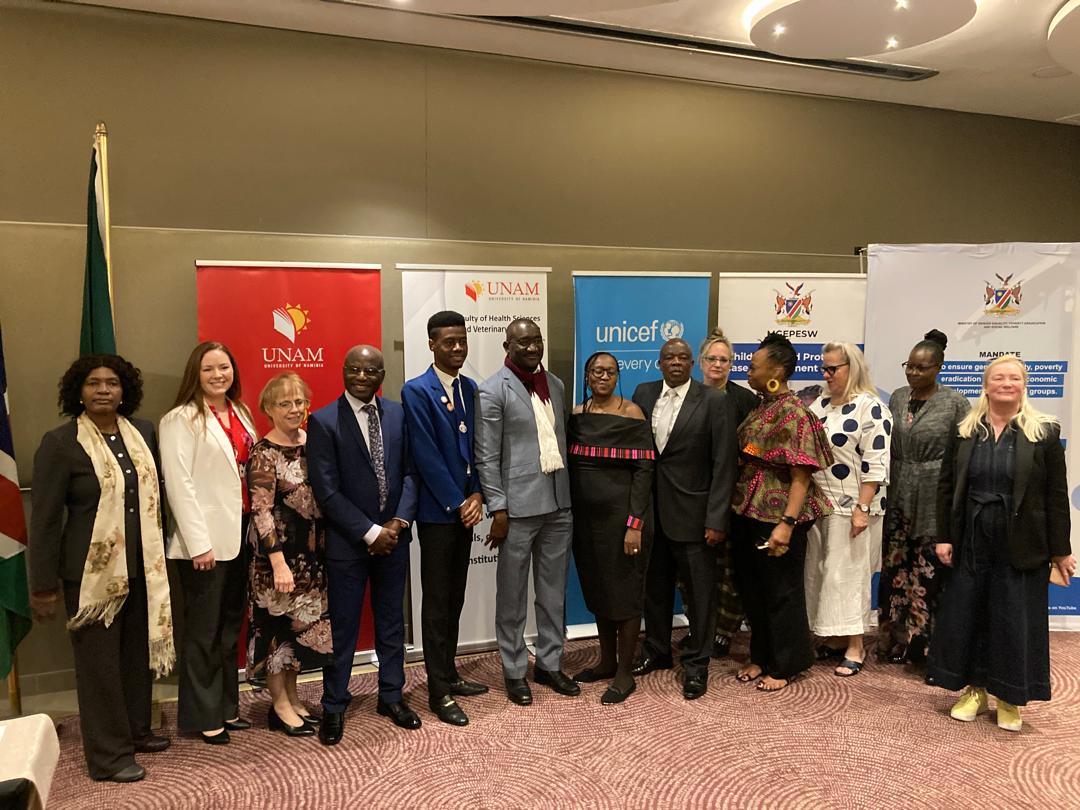… Jumbos give names to each othe-Research
‘Elephants are chatty, using a wide range of sounds – from trumpeting to infrasound. By using AI to sort their varied soundscape, researchers have found they address one another by name, something it was thought only humans do.”
Being addressed by name was considered exclusive to humans – until now.
A new study in Amboseli National Park in Kenya has found that African savannah elephants have name-like calls for one another, in the way humans do — a finding that potentially radically expands our knowledge of language evolution.
Researchers also found a huge variety of other sounds in their communication which could constitute language, but we do not yet know how to interpret it.
While dolphins and parrots will imitate the call of another addressing them, human names are not imitations of the sounds but abstract labels.
Naming objects or individuals without relying on imitation radically expanded the expressive power and development of human language.
Elephant and human evolution diverged tens of millions of years ago, but both species are socially complex and highly communicative.
They live within family units and larger clan structures similar to our complex social networks.
Similar needs, says the study, are likely to have driven the development of the naming of other individuals with abstract sounds.
Columbia State University research scientist Kurt Fristrup worked out a way to detect subtle differences in call structure and, with colleague Michael Pardo, trained a machine-learning model to identify who an elephant was addressing based on its acoustic features.
When they played back recorded calls, elephants responded to those that were addressed to them by calling back or approaching the speaker. Calls meant for other elephants received less attention.
Videos taken by researchers show how the elephants respond to call recordings naming them.
In one, an elephant named Margaret appears to almost immediately perk up to a rumble recording addressed to her.
Another elephant named Donatella shows the animal issuing a call response after hearing her name and approaching the recording.
A separate video shows Margaret raising her head to a call addressed to another elephant, but not responding.
In the study, published in the June edition of the journal ‘Nature Ecology and Evolution’, Pardo and the team used machine-learning methods to analyse recordings of 469 calls or “rumbles – harmonically rich, low-frequency and individually distinct sounds” – made by groups in the Amboseli National Park and Samburu and Buffalo Springs National Reserves in Kenya.
Naming has profound implications, says co-author George Wittemyer and it means elephants may be capable of abstract thought.
“If all we could do was make noises that sounded like what we were talking about, it would vastly limit our ability to communicate,” he says.
The use of learned arbitrary labels is part of what gives human language its uniquely broad range of expression.
“One of the exciting things about this study,” says Wittemyer, “is it gives us some insight into possible drivers of why we evolved these abilities.”

If elephants can name each other, what else are they capable of naming in their speech?
Elephants are great mimics and have many call types.
Contact rumbles are long-distance calls produced when the caller is out of sight and attempting to reinitiate contact.
Greeting rumbles are produced when one elephant approaches another to within touching distance and caregiving rumbles are produced by an adult or adolescent female while suckling, comforting or rousing a calf.
According to the study, vocal labels account for only a small fraction of the total variation in these sounds.
They may be embedded within a call that conveys multiple additional messages.
Researchers speculate that vocal labelling – abstract naming – may be the main function of language in wild elephants.
Most human words, including names, are arbitrary, says the study.
They’re not imitations of sounds or tied to physical properties.
Arbitrariness is crucial to language because it enables communication about things that do not make any sound.
This process must be learned because an individual is not born knowing the names of all their future family or the world they will live in.
To do this is mentally very demanding, say the researchers, requiring an individual to make an abstract connection between a sound and who they are addressing.
Vocal labels could enhance coordinating ability when elephants are out of sight of one another and allow callers to attract the attention of a specific intended receiver while greeting rumbles are produced in close proximity when the caller and receiver have visual contact.
A study in the journal ‘Proceedings of the National Academy of Sciences’ last year found that elephant self-domestication may have led to some of their advanced traits, such as complex communication, mourning their dead, helping sick or injured elephants and even recognising themselves in mirrors.
According to the self-domestication hypothesis, humans have gone through a process of ‘selection against aggression’ that was self-induced and not forced.
Study co-author and Max Planck Institute evolutionary biologist Limor Raviv and her colleagues looked at how African savannah elephants compared with humans and bonobos on 20 different measures.
They found that all three species share some of the same physical features and display the same habits.
Elephants play, are social, have a long childhood and “babysit” the offspring of other members of their groups. Both bonobos and humans also do this.
Additionally, wild African elephants have a shortened jawbone, which is a trait shared by domesticated animals such as cats.
They also appear to be able to restrain themselves from being aggressive to others.
The team suggested that self-domestication in elephants might be related to their large size and relative strength.
“This means that elephants are generally less worried about evading or fighting other animals for their survival,” Raviv says.
“This kind of ‘safe environment’ could relax selective pressures for aggression, free cognitive resources and open up more opportunities for exploration, communication and play.”
Stay informed with The Namibian – your source for credible journalism. Get in-depth reporting and opinions for
only N$85 a month. Invest in journalism, invest in democracy –
Subscribe Now!






